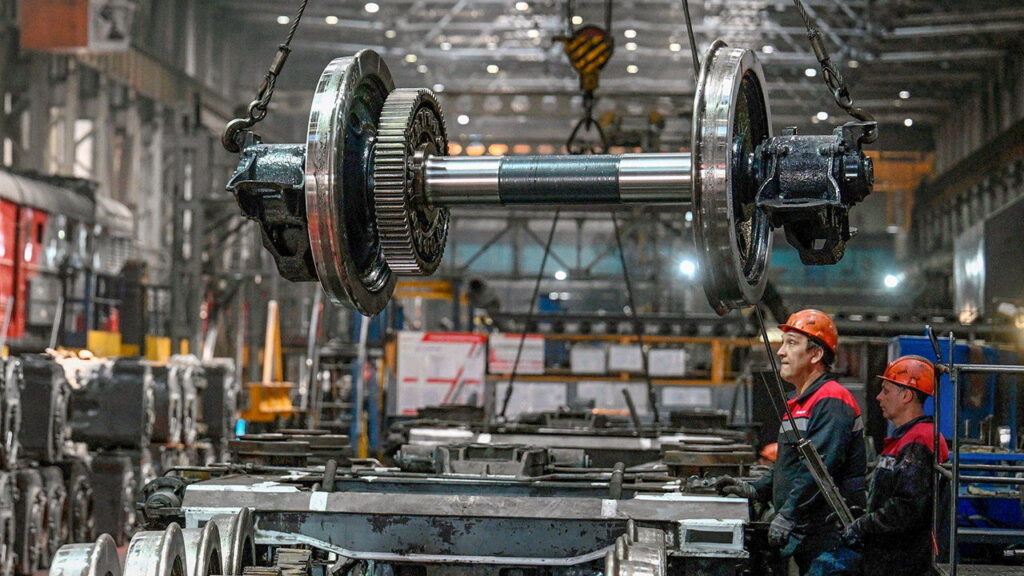Vladimir Putin, the Russian president, is currently investing heavily in his war in Ukraine, spending over $200bn, which is approximately 10% of the country’s GDP. This significant investment in the invasion has raised eyebrows, particularly within America’s Department of Defence. Despite the high costs incurred, Putin is now shifting his focus towards investing in infrastructure projects that will bolster Russia’s economy and improve connectivity with trade partners in Asia and the Middle East. The Russian government plans to inject $70bn over the next decade into developing transport routes that will facilitate trade and economic growth, especially in the far east and high north regions of the country.
One of the key projects that Russia is keen on developing is the International North-South Transport Corridor (INSTC), which aims to establish a trade route connecting Russia to the Indian Ocean through Iran. This project holds strategic importance for Russia as it seeks to diversify its trade routes and reduce its dependence on Western countries. Putin and other officials have expressed optimism about the potential for increased traffic along non-Western trade routes, which could boost economic growth and strengthen Russia’s position in the global market.
The decision to allocate significant resources to infrastructure development reflects Putin’s long-term vision for Russia’s economic future. By investing in transport routes and connectivity with key trading partners, Russia aims to establish itself as a major player in the global economy, even amidst tensions with the West. The focus on enhancing infrastructure in the far east and high north regions of Russia indicates the government’s commitment to developing these often overlooked areas and tapping into their economic potential.
The investment in infrastructure is also seen as a strategic move to counter Western sanctions and isolation. By diversifying its trade routes and reducing reliance on Western markets, Russia hopes to mitigate the impact of sanctions and secure its economic stability. The INSTC project, in particular, is viewed as a way to circumvent Western restrictions and access new markets in the Middle East and South Asia. This shift towards non-Western trade routes reflects Russia’s desire to assert its economic independence and resilience in the face of international pressure.
In addition to the economic benefits, the infrastructure investments are expected to have broader geopolitical implications. By strengthening its connectivity with Asia and the Middle East, Russia is seeking to expand its influence and leverage in these regions. The development of transport routes and trade corridors could enhance Russia’s role as a key player in international trade and diplomacy, allowing it to forge closer ties with countries in these strategically important regions.
Overall, Putin’s ambitious investment in infrastructure underscores his determination to secure Russia’s economic future and strengthen its position on the global stage. By prioritizing connectivity with non-Western trade partners and investing in key infrastructure projects, Russia is positioning itself for long-term economic growth and resilience. While the high costs of the war in Ukraine have raised concerns, Putin’s focus on infrastructure development signals his commitment to building a more prosperous and connected Russia, even in the face of international challenges.



